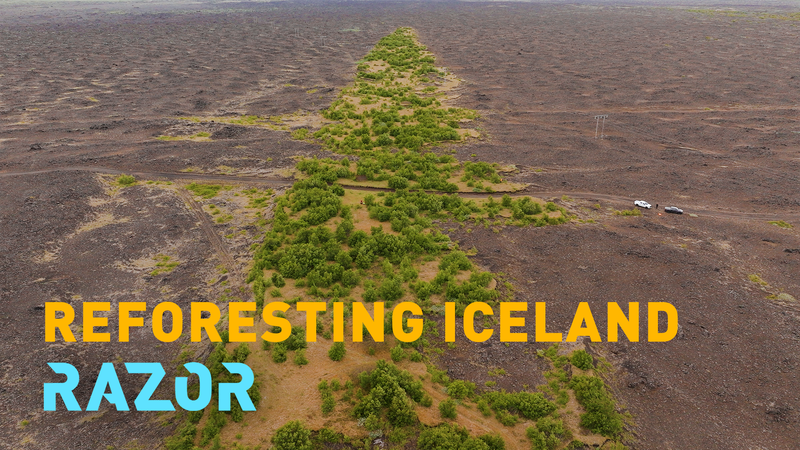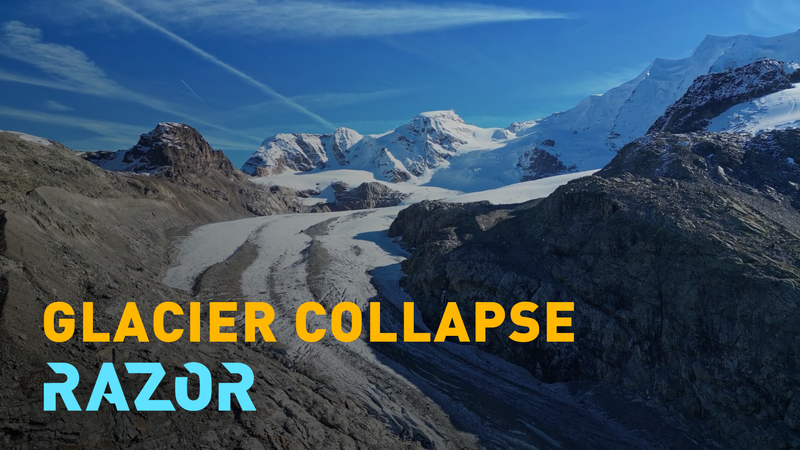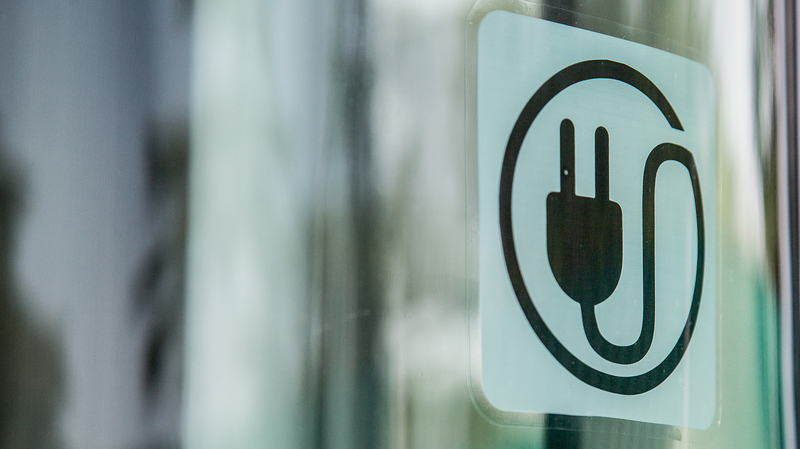Once cloaked in trees, Iceland saw its forests vanish to under 1% by the 20th century after centuries of grazing, logging and volcanic eruptions. Exposed soils gave way to relentless winds and sandstorms, leaving Europe’s most barren landscape.
Today, scientists and conservationists are on a mission to rewrite that story. Samson Harðarson and Hrefna Jensdóttir of the Icelandic Land and Forest Service lead teams planting native birch alongside hardy imports like Sitka spruce and lodgepole pine. Their goal: resilient woodlands that can weather ashfall, storms and a changing climate.
Reforestation zones now cover areas the size of 140,000 football pitches. Forest geneticist Dr. Adalsteinn Sigurgeirsson runs a living experiment in lava fields, creating sheltered microclimates for oak, beech and other species to take root. His work illustrates how biodiversity can return, attracting bird species new to Iceland.
In the Þórsmork valley, Hreinn Oskarsson showcases restored birch groves that expanded from 200 to nearly 5,000 hectares since 1924. Every summer, volunteers from around the world join efforts to plant willow cuttings and stabilize soil against future ash and wind erosion.
Beyond landscape renewal, these forests store carbon, protect soils and act as natural barriers against volcanic risks. “It gives me joy to plant trees, even if I may never walk beneath them,” says Samson Harðarson. “What matters is leaving behind a forest strong enough to protect the land for future generations.”
Reference(s):
cgtn.com




